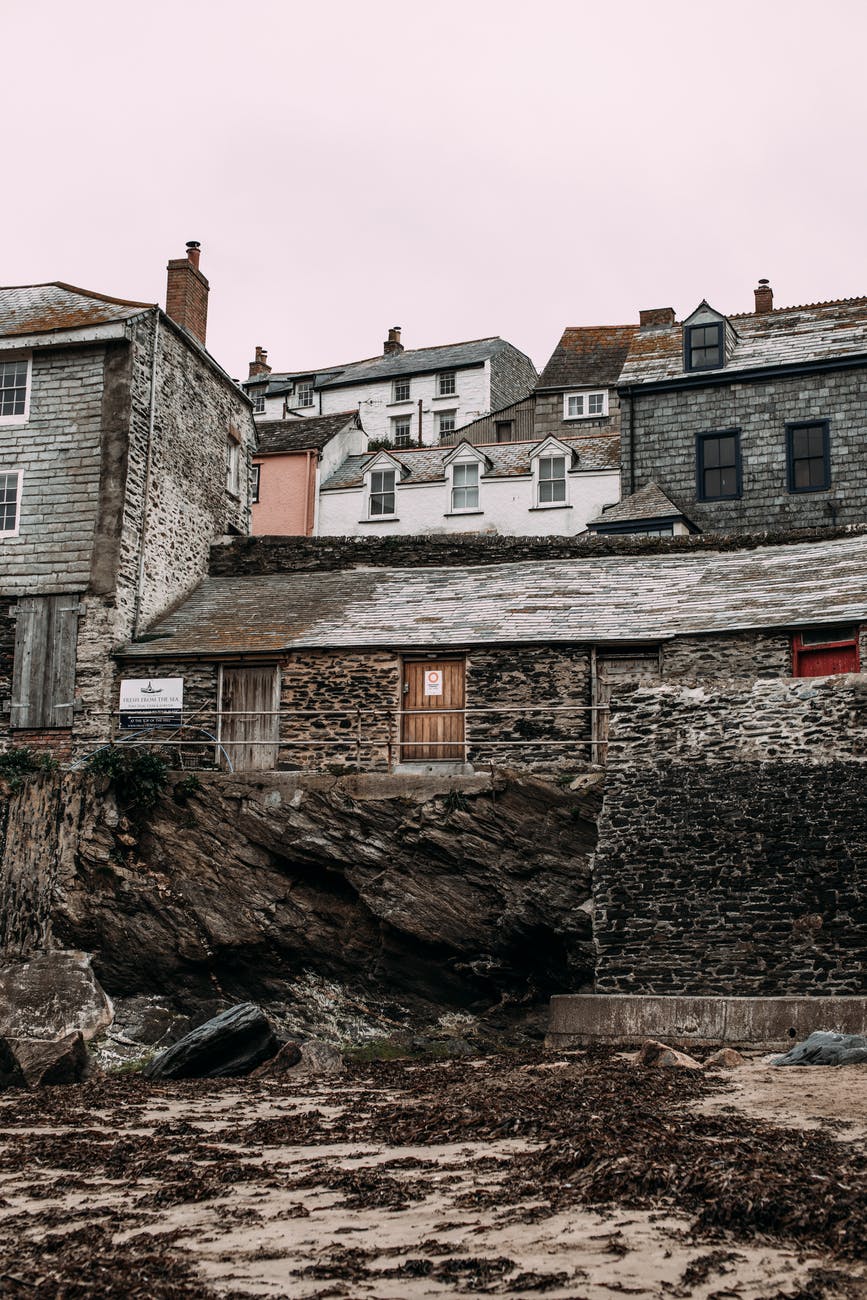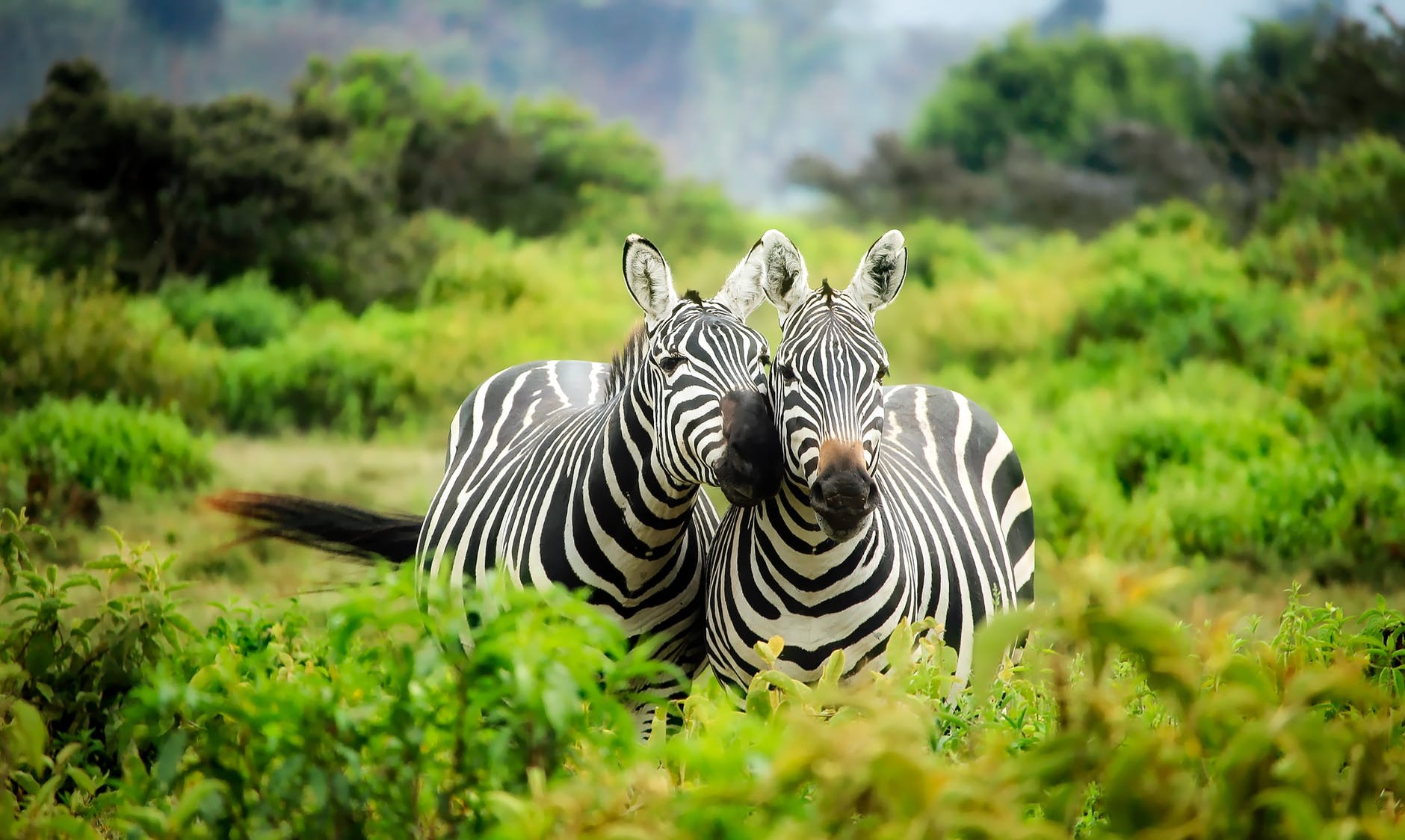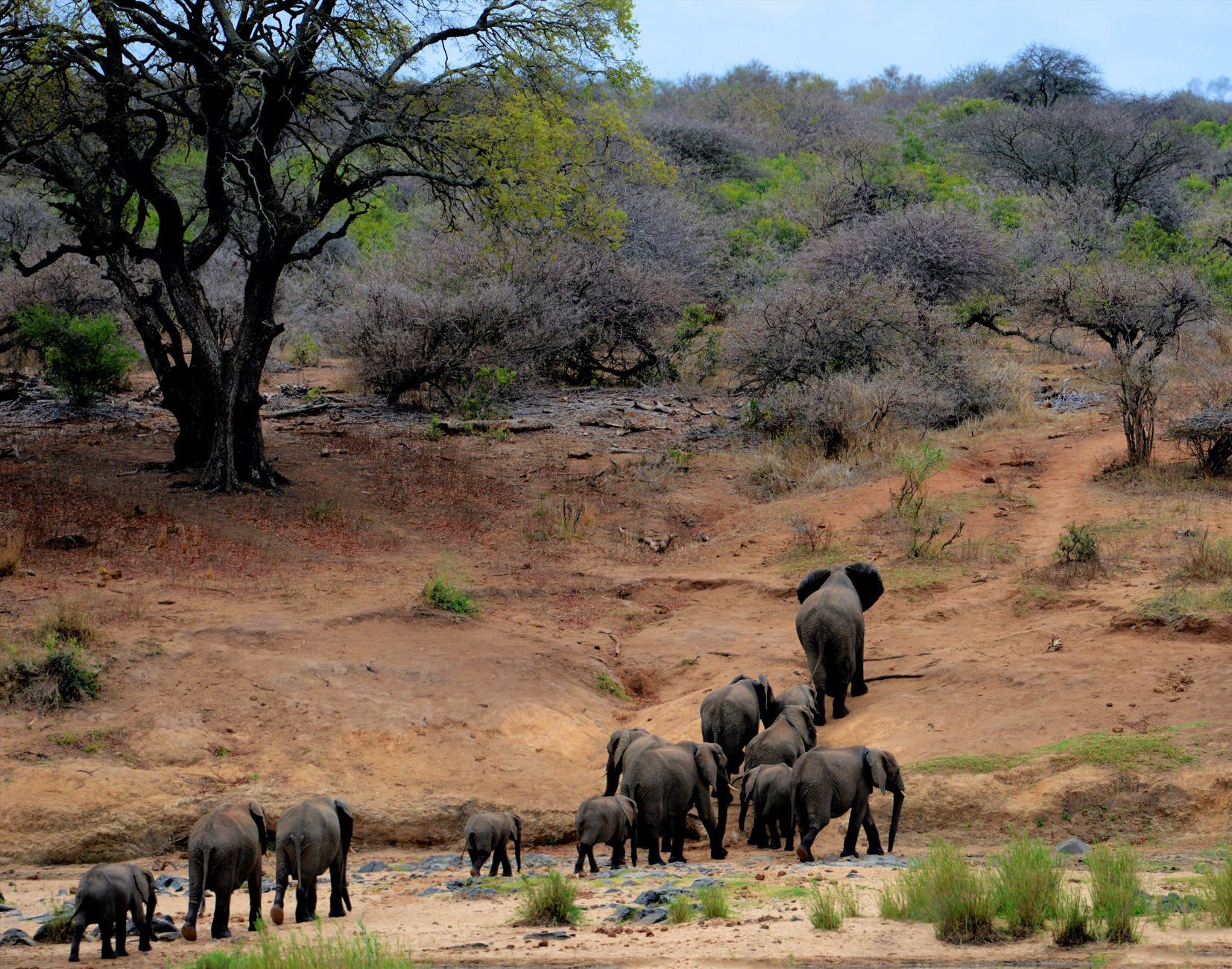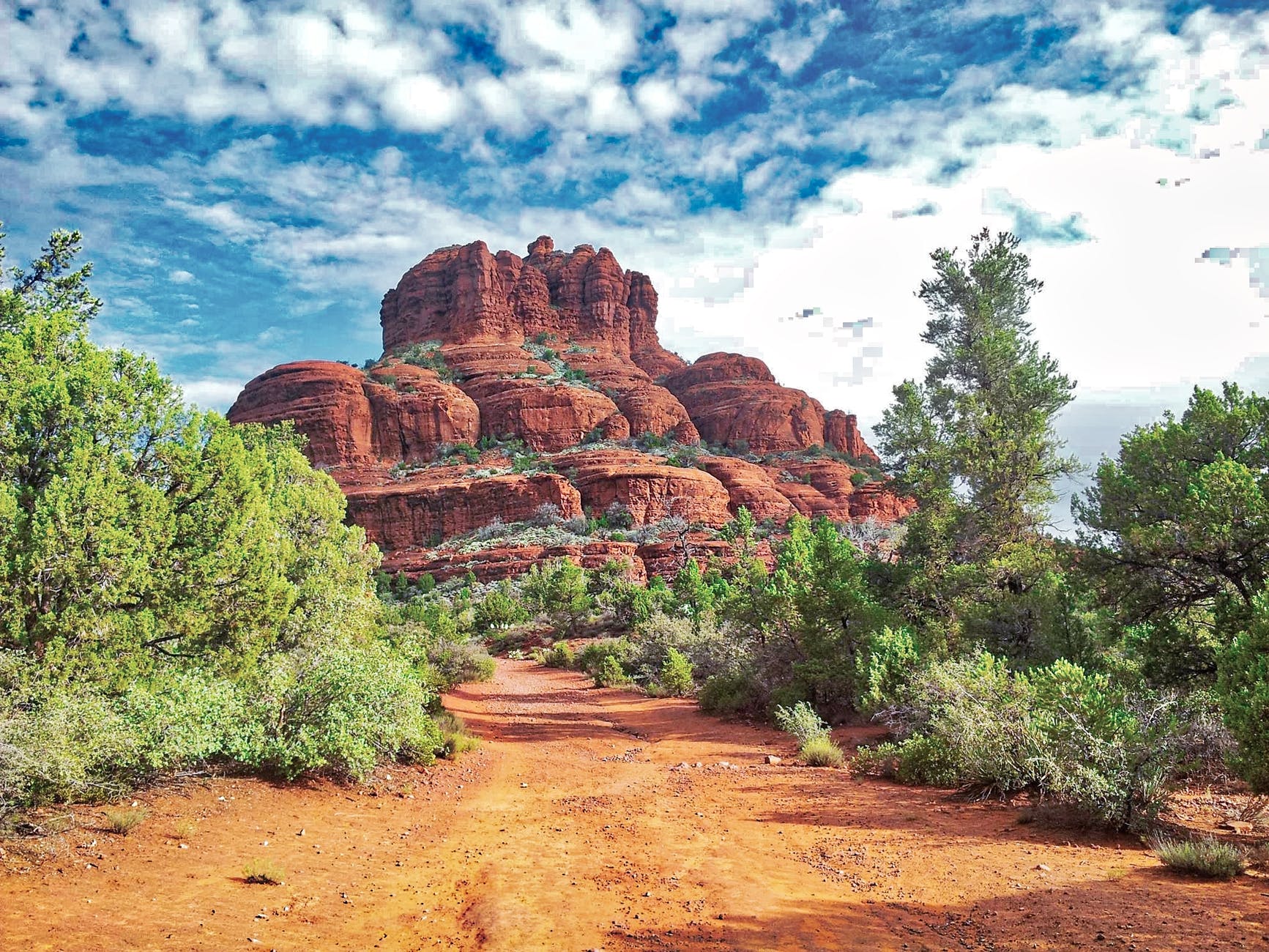Natural disaster is a sudden accident or a natural catastrophe that causes great damage or loss of life. A natural disaster is a major adverse event resulting from natural processes of the Earth. There are definitely a variety of different natural disasters that have really made an impact on our world. Examples of natural disasters include firestorms, dust storms, floods, hurricanes, tornadoes, volcanic eruptions, earthquakes, tsunamis, storms, and other geologic processes. A natural disaster can cause loss of life or damage property, and typically leaves some economic damage in its wake. Here are a few of the worlds worst natural disasters that you may want to be aware of, because if history has proven anything it is that it can repeat itself. Be prepared for disaster, because you never know when it can strike.
1.Haiti Earthquake of 2010

2010 Haiti earthquake, large-scale earthquake that occurred January 12, 2010, on the West Indian island of Hispaniola, comprising the countries of Haiti and the Dominican Republic. Haiti Earthquake had a magnitude of 7.0, which is one of the strongest earthquakes the world has ever seen. It rocked Haiti, and left aftershocks that were felt by many. They had over 3,00,000 deaths, and millions were left homeless and in need of emergency assistance. The earthquake hit some 15 miles (25 km) southwest of the Haitian capital of Port-au-Prince. The earthquake was generated by contractional deformation along the Léogâne fault, a small hidden thrust fault discovered undersneath the city of Léogâne. The Léogâne fault, which cannot be observed at the surface, descends northward at an oblique angle away from the EPG fault system, and many geologists contend that the earthquake resulted from the slippage of rock upward across its plane of fracture. Many countries responded to appeals for humanitarian aid, pledging funds and dispatching rescue and medical teams, engineers and support personnel.
2.Hurricane Katrina of 2005
Hurricane Katrina, tropical cyclone that struck the southeastern United States in late August 2005. The hurricane and its aftermath claimed more than 1,800 lives, and it ranked as the costliest natural disaster in U.S. There were over $81 billion in damages that had to be repaired after this hurricane. The storm that would later become Hurricane Katrina surfaced on August 23, 2005, as a tropical depression over the Bahamas, approximately 350 miles (560 km) east of Miami. Over the next two days the weather system gathered strength, earning the designation Tropical Storm Katrina, and it made landfall between Miami and Fort Lauderdale, Florida, as a category 1 hurricane—a storm that, on the Saffir-Simpson scale, exhibits winds in the range of 119–154 km per hour. Sustained winds of 115 km per hour lashed the Florida peninsula, and rainfall totals of 13 cm were reported in some areas. The storm spent less than eight hours over land. It quickly intensified when it reached the warm waters of the Gulf of Mexico. Hurricane Katrina formed in less than a week grew from a tropical depression into a category 4 hurricane. When Katrina made landfall on August 29 near New Orleans on the U.S. Gulf Coast, it brought widespread destruction and flooding with it. This infographic details Katrina’s path and devastating impact. It was actually the 6th strongest earthquake that has ever hit in the United States. Hurricane Katrina was one of the most deadly earthquakes that hit the gulf coast in years.
3.Hurricane Andrew of 1993
Hurricane Andrew was a very powerful and destructive Category 5 Atlantic hurricane that struck the Bahamas, Florida, and Louisiana in August 1992. It was the costliest in financial terms until Hurricane Irma surpassed it 25 years later. It was the strongest landfalling hurricane in decades and the costliest hurricane to make landfall anywhere in the United States, until it was surpassed by Katrina in 2005. Andrew caused major damage in the Bahamas and Louisiana, but the greatest impact was felt in South Florida, where the storm made landfall as a Category 5 hurricane, with 1-minute sustained wind speeds as high as 165 mph (280 km/h) and a gust as high as 174 mph (280 km/h). Andrew moved into the Gulf of Mexico to hit Louisiana. Although rather small in diameter, this intense storm was the most costly in U.S. history-estimates as high as $30 billion in damage – even though it took just 43 lives (a tribute to the early warning efficacy of metsat monitoring). Winds in excess of 240 km/hr (149 mph) flattened entire housing developments. This devastating hurricane got a lot of attention by a variety of sensors from above and on the ground. Earth’s weather system from space, closes with two major episodes in the 1990s that made weather history. The first was Hurricane Andrew in 1992 which struck land below Miami; before it dissipated to the north, it caused $30 billion dollars in damages – the costliest natural disaster in American history. The second was the infamous “Storm of the Century” in March 1993 which buried the northeast U.S. under a massive snowfall. Satellite images give some idea of the intensity of both these events. Hurricanes are by faar the most costly (in terms of scope of damage) of storms.
4.Tohoku Earthquake and Tsunami
On March 11, 2011, a magnitude (Mw) 9.1 earthquake struck off the northeast coast of Honshu on the Japan Trench. A tsunami that was generated by the earthquake arrived at the coast within 30 minutes, overtopping seawalls and disabling three nuclear reactors within days. The damage makes the 2011 Great East Japan earthquake and tsunami the most expensive natural disaster in historyIn Japan, the event resulted in the total destruction of more than 123,000 houses and damage to almost a million more. The costs resulting from the earthquake and tsunami in Japan alone were estimated at $220 billion USD. Ninety-eight percent of the damage was attributed to the tsunami. The 2011 Tohoku Earthquake and Tsunami event, often referred to as the Great East Japan earthquake and tsunami, resulted in over 18,000 dead, including several thousand victims who were never recovered. The deadly earthquake was the largest magnitude ever recorded in Japan and the third-largest in the world since 1900The deadly earthquake was the largest magnitude ever recorded in Japan and the third-largest in the world since 1900.
5.Tsunami of 2004
A powerful undersea earthquake that struck off the coast of Sumatra island, Indonesia, set off the 2004 Indian Ocean tsunami, also known as the Christmas or Boxing Day tsunami, on Sunday morning, Dec. 26, 2004. The magnitude 9.1 quake ruptured a 900-mile stretch of fault line where the Indian and Australian tectonic plates meet. It was a powerful megathrust quake, occurring where a heavy ocean plate slips under a lighter continental plate. Within 20 minutes of the earthquake, the first of several 100-foot waves hit the shoreline of Banda Aceh, killing more than 100,000 people and pounding the city into rubble. Then, in succession, tsunami waves rolled over coastlines in Thailand, India, and Sri Lanka, killing tens of thousands more. Eight hours later and 5,000 miles from its Asian epicenter, the tsunami claimed its final casualties on the coast of South Africa. In all, nearly 230,000 people were killed, making it one of the deadliest disasters in modern history. Only three weeks after the tsunami, representatives of 168 nations agreed to the Hyogo Framework for Action, which paved the way for global cooperation for disaster risk reduction. The death toll, thought to be one of the largest in recorded history, was officially reported as 242,000 persons, but it may have been as high as 655,000. At least 700,000 more people were injured, and property damage was extensive, reaching even to Beijing.
6.Tangshan Earthquake
Tangshan earthquake of 1976, also called Great Tangshan Earthquake, earthquake on July 28, 1976, with a magnitude of 7.5, which nearly razed the Chinese coal-mining and industrial city of Tangshan, located about 110 km east of Beijing. The 1976 Tangshan earthquake also known as the Great Tangshan earthquake, was a natural disaster resulting earthquake that hit the region around Tangshan, Hebei, People’s Republic of China. The maximum intensity of the earthquake was XI on the Mercalli scale. In minutes, eighty-five percent of the buildings in Tangshan collapsed or were unusable, all services failed, and most of the highway and railway bridges collapsed or were seriously damaged. At least 242,000 people died, making this the third deadliest earthquake in recorded history. The damage done by an earthquake depends primarily on two factors. First, the intensity of shaking, which depends mainly on the magnitude of the earthquake rupture, the distance from the epicenter, and the nature of the local soil and topography, with soft soils more likely to amplify the intensity and duration of the shaking.
7.Cyclone Nargis
Extremely Severe Cyclonic Storm Nargis was an extremely destructive and deadly tropical cyclone that caused the worst natural disaster in the recorded history of Myanmar during early May 2008. The cyclone caused deaths of around 140,000 people and washed up densely populated areas around the Irrawaddy River delta in Myanmar. Cyclone Nargis passed over Burma (Myanmar) after forming in the Bay of Bengal. Nargis sustained winds of 210 kilometers per hour, according to Unisys Weather. The category 4 storm slammed into Myanmar’s low-lying Irrawaddy Delta, an area that usually escapes major typhoons. High winds and a 12-foot storm surge devastated the area, affecting millions. Damage was at $12 billion, making Nargis the costliest tropical cyclone on record in the North Indian Ocean at the time, before that record was broken by Cyclone Amphan in 2020. The first named storm of the 2008 North Indian Ocean cyclone season, Nargis developed on 27 April in the central area of Bay of Bengal. Initially, the storm tracked slowly northwestward, and encountering favourable conditions, it quickly strengthened. The cyclone moved ashore in the Ayeyarwady Division of Myanmar at peak intensity and, after passing near the major city of Yangon , the storm gradually weakened until dissipating near the border of Myanmar and Thailand. According to reports, Indian authorities had warned Myanmar about the danger that Cyclone Nargis posed 48 hours before it hit the country’s coast.
8.2008 China Earthquake
Sichuan earthquake of 2008, also called Wenchuan earthquake or Great Wenchuan Earthquake, Chinese Wenchuan dizhen, massive and enormously devastating earthquake that occurred in the mountainous central region of Sichuan province in southwestern China. The epicentre of the magnitude-7.9 quake was located near the city of Dujiangyan, about 50 miles (80 km) west-northwest of Chengdu, the provincial capital, at a depth of 11.8 miles (19 km) below the surface. The 12 May 2008 quake flattened some four-fifths of the structures in the affected area. Whole villages and towns in the mountains were destroyed, and many schools collapsed. Almost 90,000 people were counted as dead. In addition, nearly 375,000 people were injured by falling debris and building collapses. Hundreds of dams, including two major ones, were found to have sustained damage. Some 200 relief workers were reported to have died. According to a study by the China Earthquake Administration (CEA), the earthquake occurred along the Longmenshan Fault, a thrust structure along the border of the Indo-Australian Plate and Eurasian Plate. Seismic activities concentrated on its mid-fracture. The rupture lasted close to 120 seconds, with the majority of energy released in the first 80 seconds.
9.2003 Iran Earthquake
On the morning of 26 December 2003, at 05:28 hrs local time, a major earthquake measuring 6.5 on the Richter scale struck the city of Bam in the province of Kerman. The earthquake had a depth of only 10 – 12 kilometres and its epicentre was directly below Bam city. More than 41,000 people were killed and 30,000 injured. The earthquake destroyed 87% of the buildings in Bam city and left some 75,000 people homeless. A total of 18,000 buildings in Bam and surrounding villages were destroyed including 131 school buildings, 3 hospitals, 95 health centres and 14 rural health clinics. Within two days of the request some 34 urban search and rescue (USAR) teams from 27 countries arrived in Bam. A total of 13 international field hospitals (with 560 doctors and nurses) were dispatched. Five days after the earthquake approximately 1,600 international staff from 44 countries were operating in the affected area. A total of 200 international flights with emergency response teams and relief supplies arrived in Kerman and Bam airports within the first two weeks of the emergency. The weather conditions in the affected area were very harsh with up to 20 degrees during the day and down to below freezing point at night. Occasionally heavy sandstorms swept across the area and hampering the relief operation and periodically closing the two airports in the region, as well as in a minor way affecting the equipment such as computers, etc.
10.2005 Pakistan Earthquake
Kashmir earthquake of 2005, disastrous earthquake that occurred on October 8, 2005, in the Pakistan-administered portion of the Kashmir region and in the North-West Frontier Province of Pakistan; it also affected adjacent parts of India and Afghanistan. About 80,000 people were killed and more than 32,000 buildings collapsed in Kashmir, with additional fatalities and destruction reported in India and Afghanistan, making it one of the most destructive earthquakes of contemporary times. Measured at a magnitude of 7.6, the earthquake caused major destruction in northern Pakistan, northern India, and Afghanistan, an area that lies on an active fault caused by the northward tectonic drift of the Indian subcontinent. At least 32,335 buildings collapsed in various cities in the Kashmir region—including Anantnag and Srinagar in Jammu and Kashmir state (now union territory), India—with additional property losses reported in the Pakistani cities of Islamabad, Lahore, and Gujrat, among others. The official death toll was 79,000 for Pakistani-administered Kashmir and the NWFP, although other sources put it at 86,000, with the number injured estimated at more than 69,000. The property loss caused by the quake left an estimated four million area residents homeless. The severity of the damage and the high number of fatalities were exacerbated by poor construction in the affected areas.



